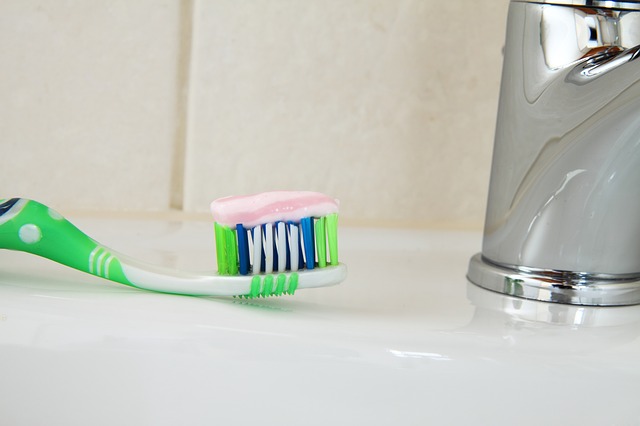You hear many different things about fluoride for kids, however not many people know the scientific facts about it and how it works. We can answer those questions for you.
What is Fluoride?
Fluoride is an element that is found in the Earth’s crust. It is found naturally in a lot of fresh water sources and city water systems and has been shown that it helps prevent early stages of decay.
Grand Rapids, MI was the first city in the United States to place fluoride into the public water supply on January 25, 1945.
How does Fluoride work?
To answer that question, we must first review how cavities form. Cavities start when the bacteria in our mouths eat the same carbohydrates and sugary foods we eat. When the bacteria in our mouths eat these foods they spit out acid as their waste product.
These acids can cause damage to the outer layer of the tooth known as the enamel. Enamel is made up of calcium and phosphorous and when the acid comes in contact with the enamel it can cause loss of these minerals resulting in areas of demineralization or beginnings of cavities.
When fluoride from sources such as toothpaste, mouthwash or tap water reaches our teeth it is absorbed into the enamel and replenishes the lost calcium and phosphorus. This process is called remineralization. When the teeth are remineralized with fluoride it helps make the teeth stronger and more resistant to this acid attack.
Where can you get fluoride?
The most likely place you will find fluoride is in a lot of city water systems. The DHHS (Department of Health and Human Services) and the ADA (American Dental Association), through research, have determined that 0.7 parts per million is the appropriate amount of fluoride in the city water to help prevent decay. However, not everyone has access to city water nor does everyone drink tap water, so what are some other sources of fluoride?
Fluoride is found in most toothpaste and a lot of the mouthwashes from the major oral care companies. The easiest way to know whether your toothpaste or mouthwash has the appropriate amount of fluoride to provide the anti-cavity benefit is to look on the packaging for the ADA Seal. Your dentist may also recommend doing a fluoride treatment in the office when you have a cleaning appointment.
This recommendation is based your cavity risk or how likely you are to develop a cavity. People who are at a moderate to high cavity risk can benefit from these fluoride applications 1-4 times per year.
